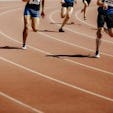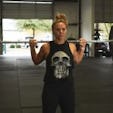CPPS Certification Summary
â The CPPS is one of the best certifications available for gaining practical knowledge about how to train clients, or yourself.
â To truly be “functionally” fit, you need to develop better breathing patterns and devote more time to your warm-up.
â Pairing heavy lifts with explosive ones will make you more powerful.
â Corn flakes were developed to prevent masturbation.
These days there’s a certification for just about every niche in fitness. You can learn to train athletes, teach beginners to use workout machines, help elderly people rehab¦there are even certs for pre-natal fitness to ensure that your baby isn’t born weak and out of shape (at least that’s what I always imagined they were for; I’ve never taken one).
In most cases though, the process is the same. You pay for the study materials or give up your weekend to attend the seminar, you pass the exam, and walk away with some shiny new initials you can put after your name and call yourself a new “certified something-something.”
But as soon as you update your new title on Facebook, you start scratching your head and ask, “How do I use this new info to actually train people?”
Joe DeFranco and Jim “Smitty” Smith, two of the fitness industry’s leading strength and conditioning coaches, attempted to answer that question with their own cert—the Certified Physical Preparation Specialist (C.P.P.S.)—which aims to teach trainers how to handle clients from the moment they walk in the gym’s front door.
The CPPS covers everything from assessing posture and injury risk to technique on the major barbell lifts, and on up to how to program for speed and power.
I attended DeFranco and Smitty’s two-day intensive seminar when it came to the Onnit Academy in September, and I picked up the following tidbits of hard-earned, real-world knowledge that you can start using today to make your own training more effective.
1. Breathing is Essential for Pretty Much Everything¦and You’re Doing It Wrong
We breathe 20,000 times a day—far more than any number of sets, reps, or exercises we could ever try (even if you’re following a routine from an 80s bodybuilding magazine). For that reason, it really helps if you can do it properly.
Every breath should go into your belly first, expanding your abdomen 360 degrees. If it goes directly into your chest, you’ll never get the greatest amount of oxygen into your system.
Good breathing restores good posture, lowers acidity in the muscles, promotes recovery, and creates stability when you lift. Practice it until it’s as easy as¦ breathing.
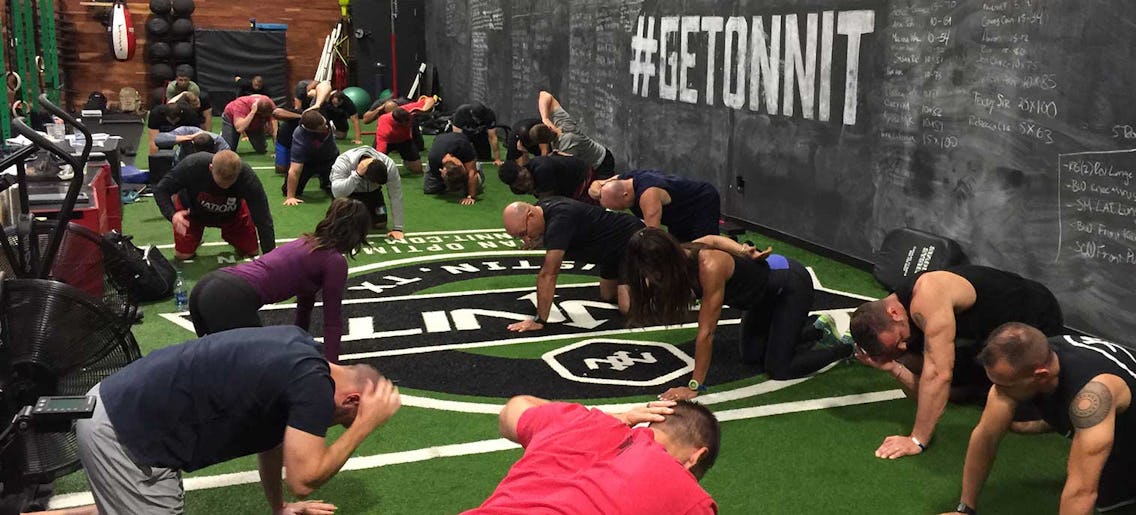
2. There Are Six Positions You Need to Train In
Every movement pattern the body can perform can be done in six different positions—prone, supine, quadruped, half kneeling, tall kneeling, and standing. Use them all for the most well-rounded gains.
â Prone (facing down). Example: the classic yoga plank.
â Supine (facing up). Example: a glute bridge.
â Quadruped (on all fours). Example: bear crawls.
â Half-kneeling (down on one knee). Example: a cable woodchop.
â Tall-kneeling (on both knees). Example: a kneeling medicine-ball throw.
â Standing (I think you get the picture). Example: a squat.
3. You’re Rolling Too Fast
When you roll out on a foam roller, you’re trying to relax the fascia—the connective tissue that sheaths your muscles—to allow the muscles to lengthen. Fascia takes time to respond though, and a quick once-over isn’t going to do much.
When you find a tender spot, hold it for at least two minutes, painful though it may be. If you’re impatient, use a harder implement that applies more pressure, such as a PVC pipe or even a rolling pin that your mom bakes with. The muscle will release faster.
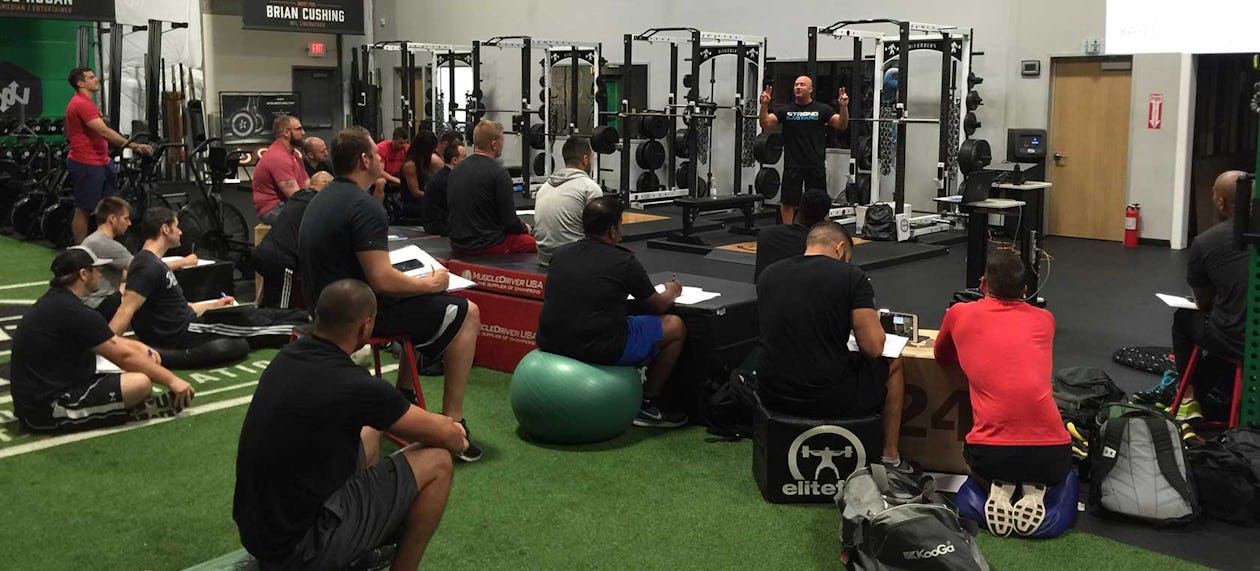
4. You Must Take the Thumb Test
Stand tall and relaxed. Look up, then look down, and repeat. Now look down at your thumbs. If they’re pointing inward, you sit at a desk too much or spend too much time bench pressing.
Your pecs are tight, and they’re pulling your shoulders forward, resulting in a weak upper back and setting you up for shoulder pain in the future.
Roll out your pecs and stretch them. Take it easy on pressing work for a while and do more rows, face pulls, and band pull-aparts in your workouts to strengthen the scapular muscles and restore balance.
5. Make a “VAW” to Find Your Squat Stance
Stand with your heels together and turn your toes out 90 degrees to make a “V” shape with your feet. Now swivel your heels out to make an “A.” Rotate your toes out again to make a “W.” Notice where your feet are: they should be about shoulder-width apart and externally rotated. This is the stance you should squat with.
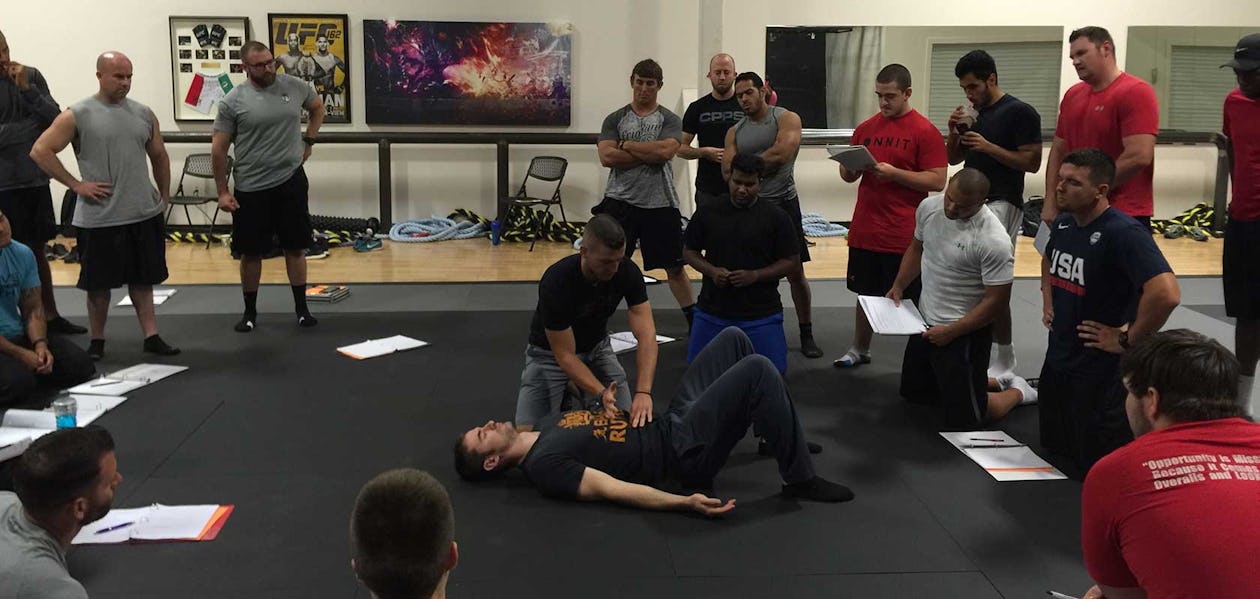
6. Increasing Neural Drive Makes Muscles Work Harder
Simply thinking about the muscles you want to work can make them fire harder. For years, bodybuilders called this concept the “mind-muscle connection,” and it’s legit. You can even use it to help reduce back pain.
Back problems are often the result of the lower back taking on load that the glutes should be moving. Actively visualizing your glutes and thinking about them working when you perform exercises like deadlifts will cause them to engage more, subsequently relieving your back of some of the extra duty.
7. Use Contrast Training to Develop Peak Power
You can build maximum explosive power by pairing a heavy strength movement with a jump, sprint, or throw exercise. The heavy lift activates the fast-twitch muscle fibers needed to optimally perform the power exercise, leading to a greater performance on that exercise and greater gains over time.
For example, do squats with 80% of your max for one to three reps—drive upward from the hole as fast as possible. Rest 10–20 seconds, then sprint 30–50 yards. Rest as needed and repeat the pair for five to 12 sets (until you feel yourself slowing down or breaking form).
Use contrast training once a week for no more than three weeks to peak.
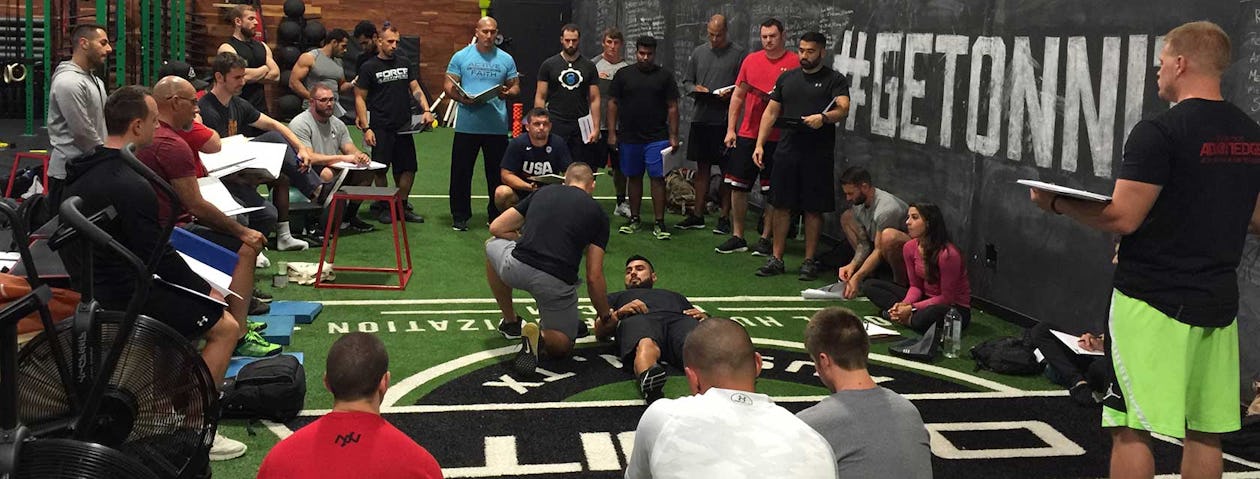
8. Breakfast Cereal Was Intended to End Masturbation
You read that right. John Harvey Kellogg, who developed the ubiquitous Kellogg’s Corn Flakes, promoted processed cereals as a way of combating masturbation, which he felt was damaging to the body.
Believing that meat and certain seasoned foods promoted sexual desire, he advocated vegetarianism and reliance on bland grains to subdue animalistic urges (he also developed granola for this reason).
Flash forward to 2016 and 50% of Americans suffer from insulin resistance, and 36% of the population is obese.
So every time you DON’T have bacon and eggs for breakfast, just imagine what it’s doing to your body.
9. Screw Your Feet into the Floor When You Deadlift
After you take your stance, twist your feet outward without actually moving them out of place. Imagine screwing them into the floor, or twisting up some grass turf beneath your feet.
This will cause your glutes to fire and the tension will create stability that makes for a more solid pull. Your knees will also track with your toes as you pull, improving your mechanics for a more efficient lift.
10. Slip Your Pinkie Under the Bar on Squats
If your shoulders hurt when you do back squats, it’s probably due to a lack of shoulder mobility. Tight muscles are preventing your shoulders from moving back to where they need to be to allow the upper back to provide a shelf for the bar. Yeah¦ work on that.
In the meantime, however, there’s a little trick you can use that will let you squat anyway. Tuck your pinky finger under the bar so you only grasp the bar with three fingers and your thumb.
This will allow your shoulders to move forward just enough to be comfortable when balancing the bar, but not so much that you lose the tight position you need to support it.
Find out how you can get CPPS-certified at cppscoaches.com.
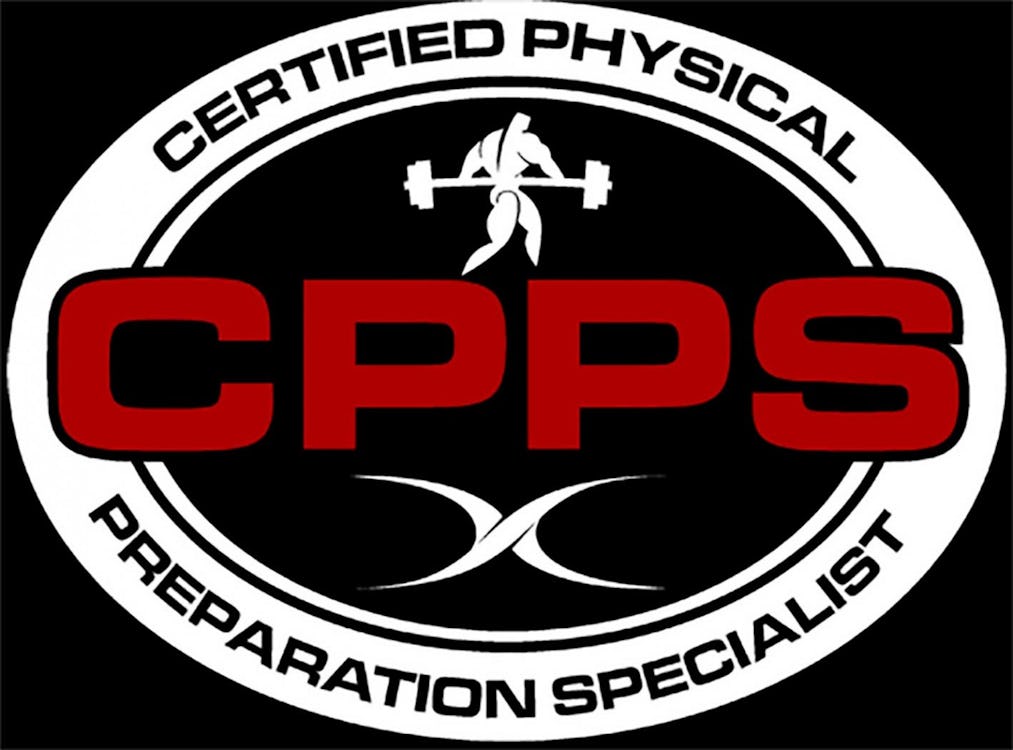
)

